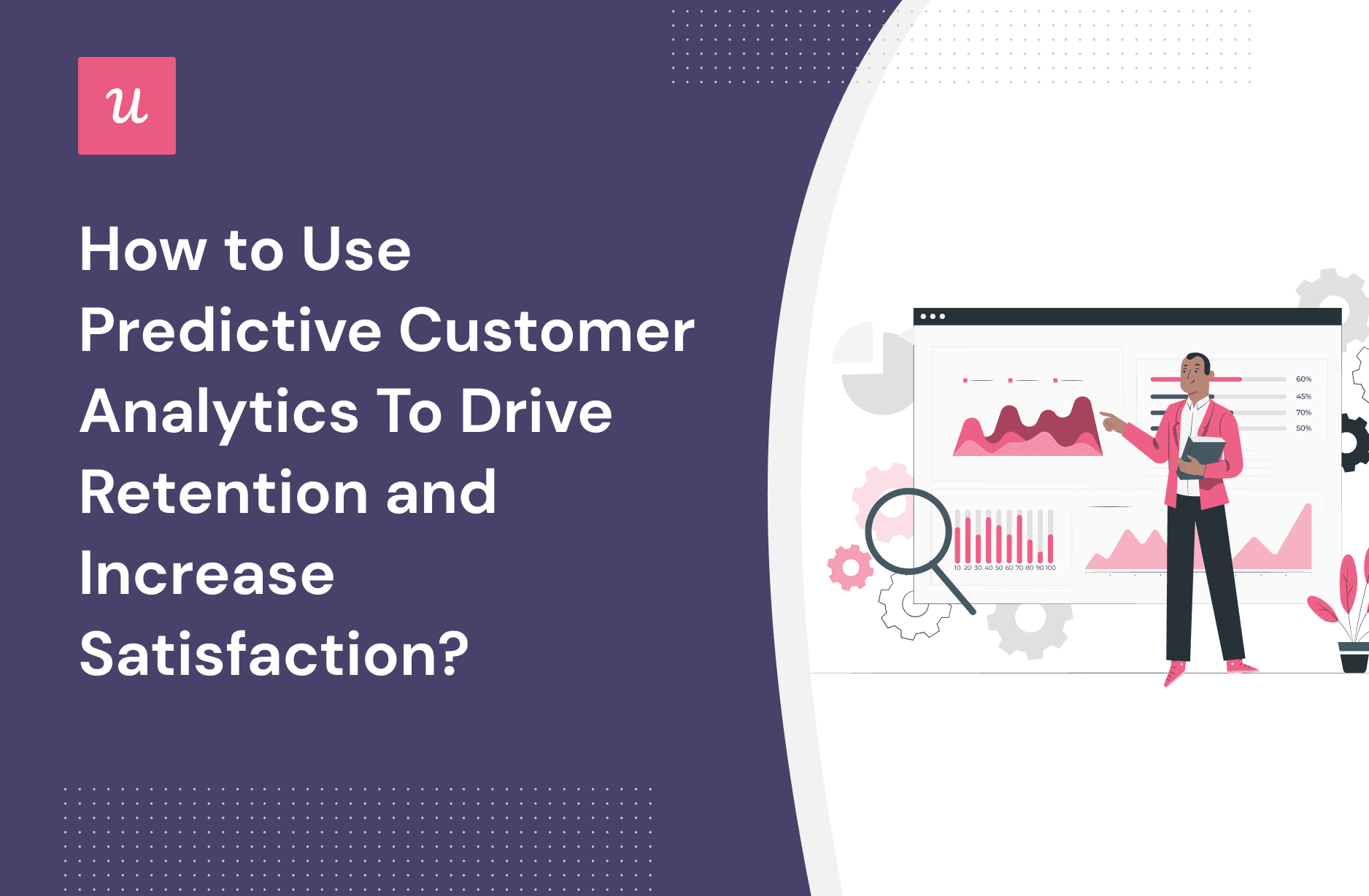
How To Use Predictive Customer Analytics To Drive Retention and Increase Satisfaction?
Looking to use predictive customer analytics to drive growth and gain a competitive advantage for your business?
Predictive customer analytics can help you engage customers and generate more revenue with accurate predictions. It can lead to greater customer retention and satisfaction in the long run.
In this article, we dive deep to discuss predictive customer analytics, its benefits, and its drawbacks. You will also know how to track and use it for your SaaS business.
Let’s start!
Try Userpilot Now
See Why 1,000+ Teams Choose Userpilot

What is predictive customer analytics?
Predictive customer analytics refers to the process of analyzing your customers’ past behavior and predicting their actions in the future. It involves using historical data, statistical algorithms, and machine-learning techniques.
Is your predictive customer analytics strategy looking forward or backward?
Historical data is useful, but predicting future behavior is how you win. Take this 4-step assessment to see if your predictive customer analytics are truly driving retention.
Benefits of predictive customer analytics
Predictive customer analytics can help you with several integral sides of SaaS businesses. You can leverage it to stay ahead of the curve and respond to market changes quickly and effectively.
Let’s see how predictive analytics helps your SaaS business.
Understand customer behavior and predict future events
Predictive customer analytics allows you to dive deep into customer data and identify trends in user behavior. You can learn how customers behave with your product by analyzing it with the customer journey. It can then help you better understand your customers’ needs and wants.
You can also build detailed customer personas to create a holistic view of your customers. You can also use it to forecast which users are likely to be most valuable to their business over time and put efforts into retaining them.
Identify high-risk customers who are stuck in the customer journey
You can use predictive customer models to identify at-risk customer segments and proactively avoid churn. It helps you address the root causes of customer dissatisfaction and improve the overall customer experience.
With predictive analytics, you can focus on customers more likely to part ways with your brand. You can identify the pain points of their user journeys and remove them to enhance customer engagement. It can eventually lower customer churn and increase your customer retention rate.
Increase customer satisfaction and loyalty
By using predictive analytics, you can dive deeper into customer satisfaction and loyalty. You can understand and track their key drivers through real-time customer engagement analytics.
You can use this data to understand what satisfies your customers and what doesn’t. It can help you prioritize what is working for you and make adjustments to improve customer satisfaction and loyalty.
Another advantage of predictive customer analytics is combining it with additional data from various customer surveys, like CSAT, NPS, etc. You can get more comprehensive insights into your customers’ needs and wants.
Drawbacks of predictive customer analytics
Predictive analytics tools can be handy for SaaS businesses seeking deeper insights into customer behavior. But there are a few drawbacks that you should be aware of.
One of the major limitations of predictive customer analytics is its limited ability to predict complex human behavior. Predictive analytics algorithms struggle to fully capture many factors, like emotions and personal motivations, that often influence human behavior.
The constant need for consistent data updates is another troublesome step for many SaaS businesses in predictive customer analytics. Without a system to regularly collect and update data sets, you cannot expect accurate predictions from predictive analytics tools.
Companies using predictive analysis assume enough data is available to generate valuable insights. But when the data set is incomplete, it will skew the insights and provide unreliable results. Incomplete data sets also increase your risks because the decisions you make depending on them might be ineffective.
Another huge challenge here is the accuracy of the data. Companies relying on surveys to gather data know that not every customer provides honest or accurate information. It is not that people are dishonest, but it is primarily due to their personal reservations that they may not be compelled to answer genuinely. The data can lead to inaccurate insights, incorrect predictions, and potentially unsuccessful business decisions.
3 ways to collect data for predictive analytics
Send microsurveys to collect customer feedback and measure customer loyalty
Sending microsurveys can be an effective way to collect data for predictive analytics and measure customer loyalty. You should use different microsurveys, like NPS, CES, CSAT, etc., for it.
Collecting feedback on an ongoing basis throughout the customer journey should be a process within your product team. It can help you better understand customer satisfaction and the drivers of complaints and negative feedback.
With this understanding, you can easily spot issues and friction in your product and work on them. It will not only improve customer satisfaction but also play a role in reducing customer churn.
You should dive deep into NPS analytics and identify promoters, passives, and detractors. Adding an NPS follow-up question will be more beneficial for you as you will know the reason and what’s next to do.
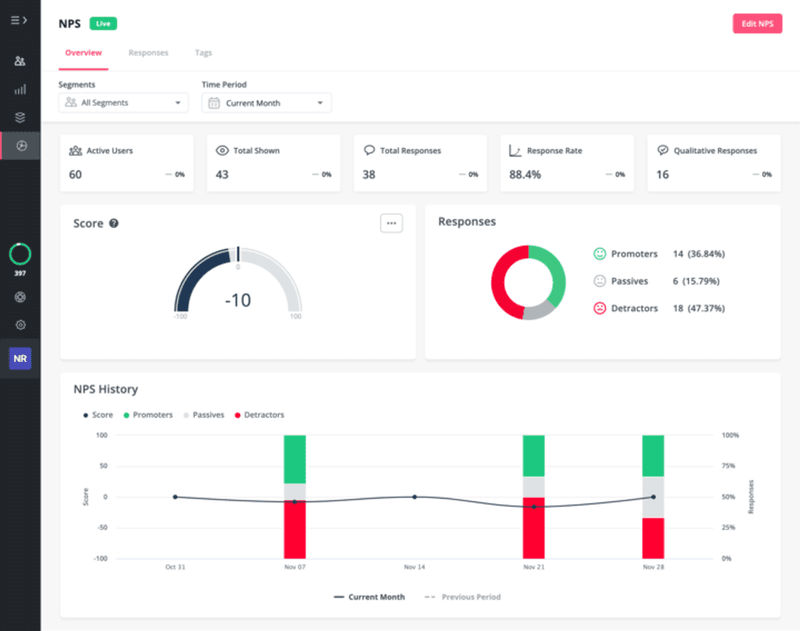
Perform behavioral segmentation to group customers into cohorts
With behavioral segmentation, you can unlock valuable insights and make more informed decisions to improve the customer experience. You can collect data for predictive analytics by grouping customers into cohorts based on their in-app behavior.
You can dive deep into user segments’ data and understand why specific segments behave differently. Then, you can develop actionable strategies for different segments by identifying the reasons. It can help you increase customer satisfaction and drive growth for your SaaS business.
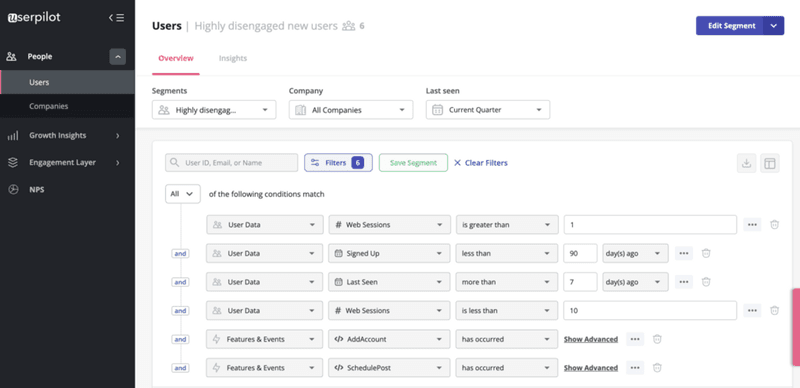
Analyze historical data and detect event trends
Analyzing historical data and detecting event trends can effectively help you collect data for predictive customer analytics. This approach utilizes past customer behavior data to predict future customer behavior.
You can get your hands on historical data and compare customer segments’ behavior over time. And as you identify event trends and patterns from this data, you’ll be able to make more data-driven decisions about your product as per your customers’ needs.
Another benefit is that it provides a comprehensive view of customer behavior over a period of time. So you get to identify patterns and trends that may not be immediately apparent in real-time data. With it, you can predict future customer behavior more accurately.
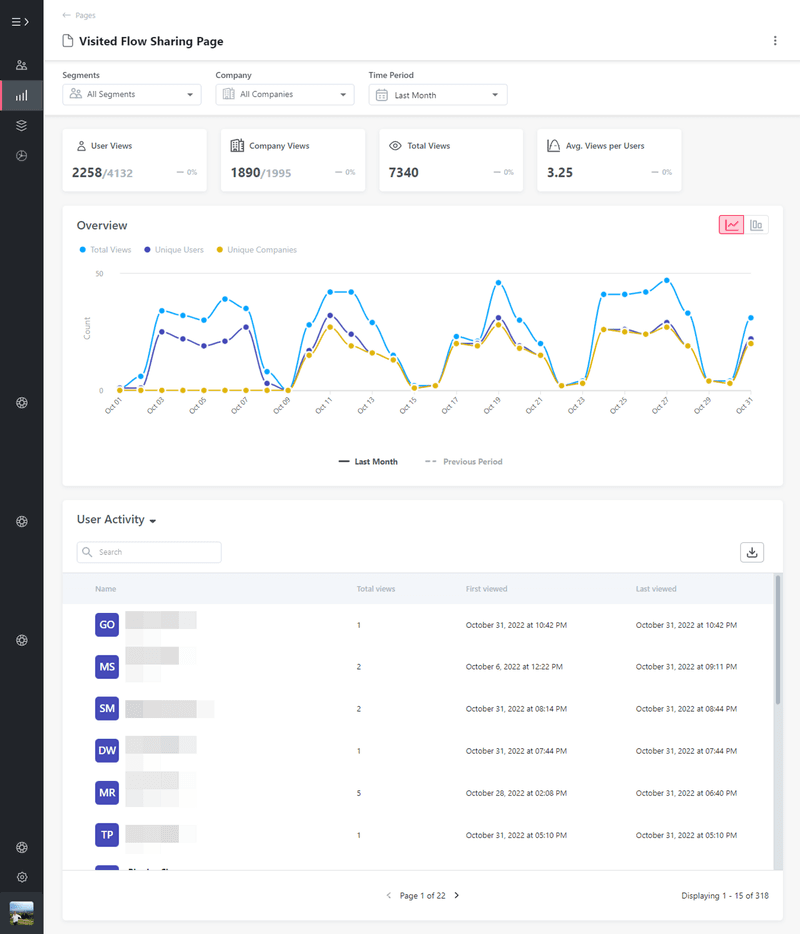
How to use predictive data analytics to retain existing customers and improve customer experience
You can use predictive data analytics to increase customer confidence and get the optimum customer retention and experience results. Here is how you can do that.
Trigger personalized in-app experiences at the right time to the right users
You can make the most of predictive customer analytics by triggering personalized in-app customer experiences. It can help you get more customer engagement and opportunities for driving revenue to your business.
You can also predict customers’ future behavior by tracking in-app engagement for predictive customer analytics. And using that data can help you trigger personalized in-app experiences for your users.
Similarly, you can onboard and engage mobile app users by creating personalized messaging, push notifications, and surveys. Your users will feel more valued when they get experiences that are contextual and relevant to them.
You can use it for several purposes: to drive engagement, upsell, cross-sell, collect feedback, introduce a new feature, etc. With personalized experiences, customers are more likely to grab these expansion opportunities.
If you can leverage predictive data analytics, you will also be able to develop a more seamless and intuitive user experience within your product.
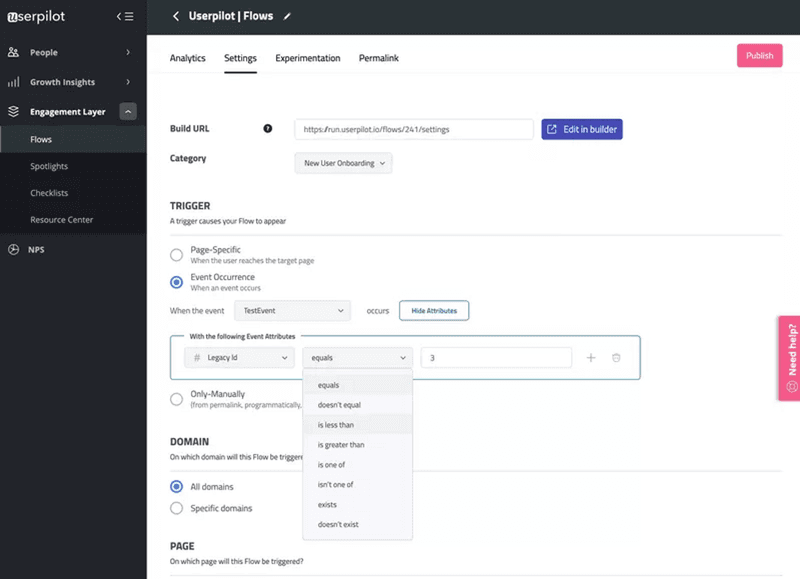
Adapt your in-app messaging based on customer preferences and needs
Predictive data analytics can help you to improve your in-app messaging. When you track customer behavior and preferences, you can easily develop in-app messaging and guidance aligning with customers’ specific needs.
With predictive analytics, you have data about your customers’ future course of action regarding your products. You know which features will be the most popular and which might cause some trouble to your customers.
You can then make personalized adjustments to your in-app messaging, like one type of in-app messaging for the popular features and another for the possibly less-used ones.
In-app marketing strategies can also benefit from predictive data. You can develop targeted in-app marketing campaigns that will likely resonate with every customer. Predictive customer data will provide you with the best time and customer segment to send these promotional messages or offers.
Proactively reach out to at-risk customers to avoid customer attrition
You can use predictive customer analytics to predict customer churn more efficiently. When you have the data from in-app engagement and customer feedback, you can easily identify customers at a high risk of churning.
After identifying these at-risk customers, you can proactively try to re-engage them with your product and prevent them from churning. You can offer personalized help and incentives, such as exclusive promotions or discounts. It can help you retain these customers before it is too late.
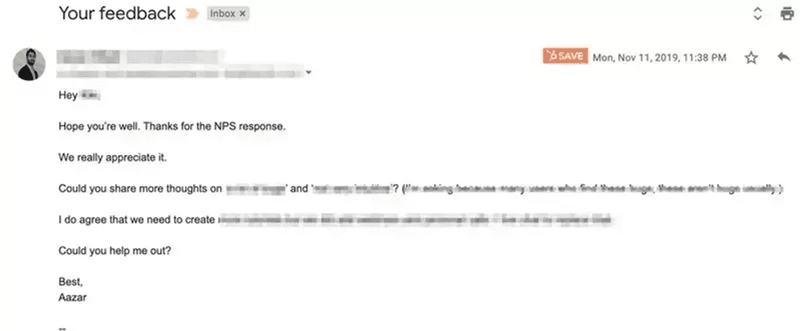
Conclusion
Predictive customer analytics allows SaaS businesses to get better insights into customer data and predict their future actions. With these advantages, you can improve your products or services by knowing your customers’ wants and needs beforehand.
Want to track in-app user behavior and collect data for predictive customer analytics? Get a Userpilot Demo to track and use predictive customer analytics code-free.






